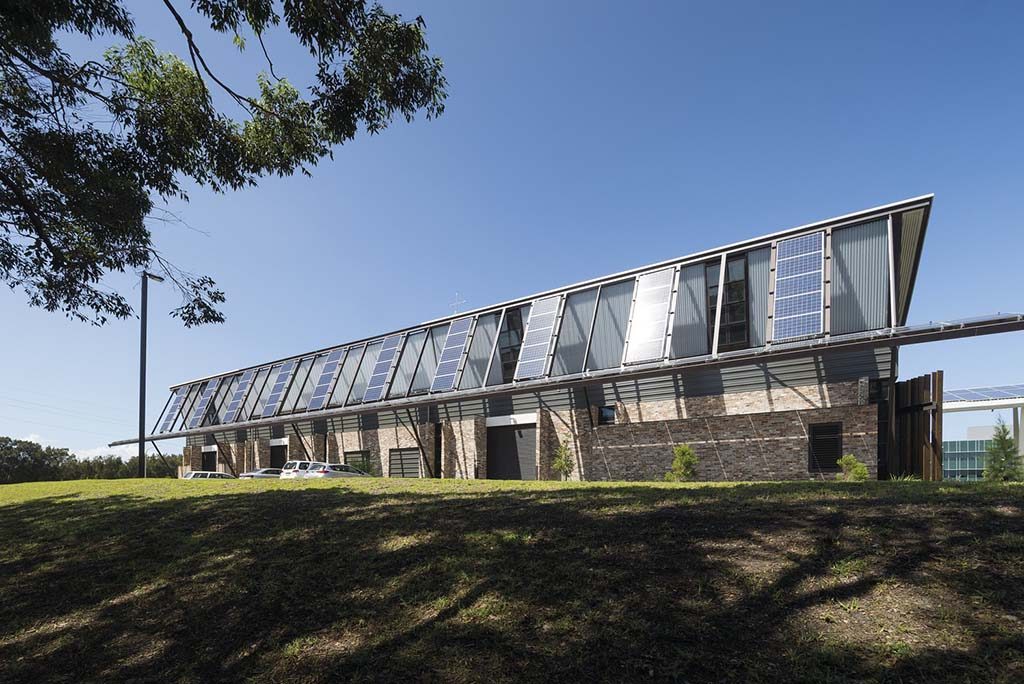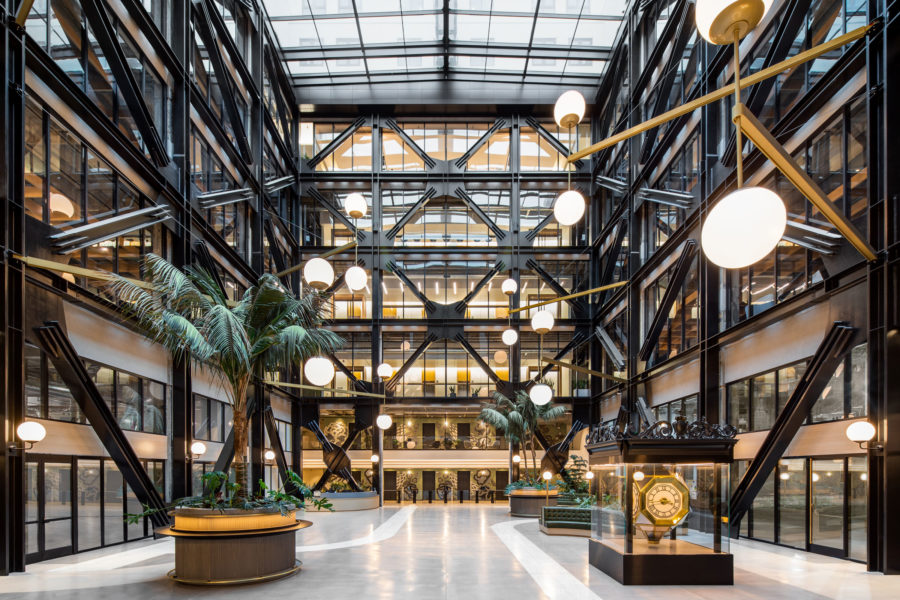Today, the term eco-friendly construction benefits is not just a buzzword. It’s a revolution shaping the construction industry, bringing profound advantages for homeowners and real estate developers alike. Investing in green building isn’t merely a trend; it’s a commitment to sustainable living, making every building decision environmentally responsible.
The rising interest in sustainable design is transforming our urban landscapes. The benefits are extensive, impacting not only our environment but also offering financial and health advantages. This article will dive deep into why eco-friendly construction matters, how it benefits various stakeholders, and what practical steps can be taken to embrace this new era of construction.

What is Eco-Friendly Construction?
To understand the eco-friendly construction benefits, it’s crucial to first define what it entails. At its core, it involves using practices and materials that are environmentally sustainable and resource-efficient throughout a building’s life-cycle. This includes everything from site planning to design, construction, operation, maintenance, and demolition.
The Importance of Sustainable Materials
The foundation of eco-friendly construction lies in the materials used. Materials such as recycled or reclaimed wood, bamboo, and non-toxic paints are preferred. These reduce the negative impact of building projects on the environment.
Energy Efficiency and Resource Management
Another critical component is energy efficiency. Incorporating technologies like solar panels or energy-efficient HVAC systems can significantly reduce energy consumption, leading to lower utility bills and reduced carbon footprints.
Economic Benefits of Eco-Friendly Construction
Eco-friendly construction provides numerous economic advantages. Although the initial investment might be higher, the long-term savings on energy and water bills are substantial. These savings often make green buildings more attractive in the real estate market.
Increasing Property Value
Eco-friendly buildings often see an increase in property value. This is a direct result of reduced utility costs and the growing preference for sustainable living spaces among buyers.
Tax Incentives and Rebates
Many governments offer tax rebates and incentives for green construction. These can significantly offset initial construction costs, making sustainable building more financially accessible.
Health Benefits of Green Buildings
The use of non-toxic building materials and improved indoor air quality in eco-friendly buildings leads to healthier indoor environments. This is critical for homeowners looking for a safe and healthy space for their families.
Improved Indoor Air Quality
Utilizing materials that emit fewer pollutants and incorporating proper ventilation systems reduces indoor pollution levels, creating healthier living conditions.
Enhanced Thermal Comfort
Advanced insulation techniques and materials contribute to maintaining a comfortable indoor temperature, regardless of external weather conditions.
Environmental Impact of Green Construction
The environmental advantages of sustainable construction practices are perhaps the most significant. They play a critical role in reducing the carbon footprint of buildings.
Reducing Waste
Construction activities generate significant waste. Adopting green building practices reduces this substantially by focusing on recycling and reusing materials.
Conserving Natural Resources
Eco-friendly buildings are designed to consume less water and energy, thereby conserving these vital resources.
Implementing Eco-Friendly Construction Practices
If you’re interested in pursuing eco-friendly construction, starting with an assessment of current practices is essential. Understand your impact, then move towards sustainable materials and energy-efficient technologies.
Sustainable Site Selection and Planning
Choosing and preparing a site that takes ecological and geographical factors into account can significantly enhance the sustainability of a construction project. For more detailed guidance, consider exploring resources like the planning tips.
Invest in Energy-Efficient Systems
Integrating systems like solar panels and advanced HVAC can drastically improve energy efficiency. Explore more about these technologies and their benefits on platforms like [3] Green Building.
The Future of Eco-Friendly Construction
The trend towards sustainable living is set to continue. As more individuals and organizations recognize the eco-friendly construction benefits, we’ll likely see innovations that make green building even more accessible and impactful.
Emerging Technologies
Innovations such as smart building technologies and new material science discoveries promise to redefine the construction landscape. To stay updated on current trends, resources like the construction trends page could be invaluable.
Community Impact and Leadership
As leaders in their fields, real estate developers and homeowners have a unique opportunity to drive change, emphasizing sustainability as a core value in their projects.
Conclusion
The journey toward eco-friendly construction is not just about building sustainably; it’s about building responsibly. Green buildings provide benefits that span economic, health, and environmental domains. By embracing sustainable construction, we not only pave the way for a better future but also enhance our present living conditions.

Frequently Asked Questions
What are the main benefits of eco-friendly construction?
Eco-friendly construction benefits primarily include reduced energy and water usage, improved indoor air quality, and significant cost savings over time along with positive impacts on property values.
How can I start building green?
Begin by researching local regulations and incentives. Consider integrating renewable energy sources and sustainable materials in your next project, and consult experts in best practices.
Is eco-friendly construction more expensive?
While initial costs may be higher, the long-term economic savings from reduced utility bills, increased property values, and available tax incentives typically offset these expenses.
This article contains affiliate links. We may earn a commission at no extra cost to you.




